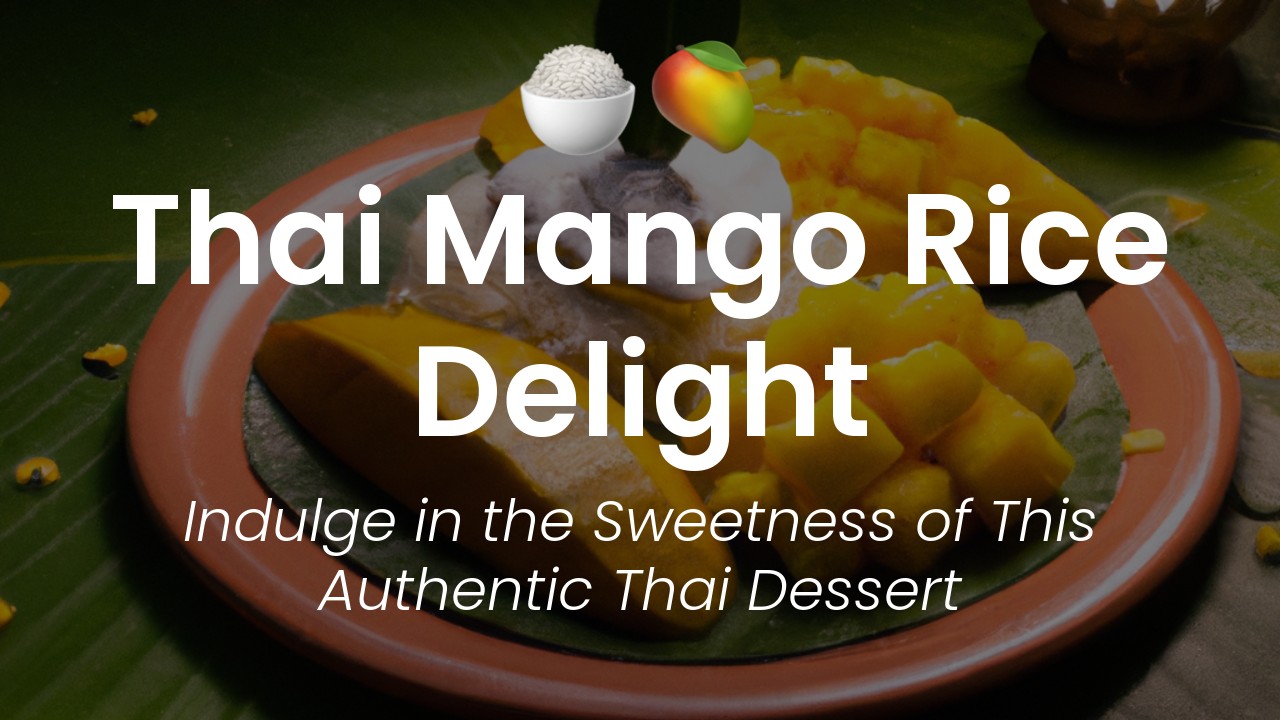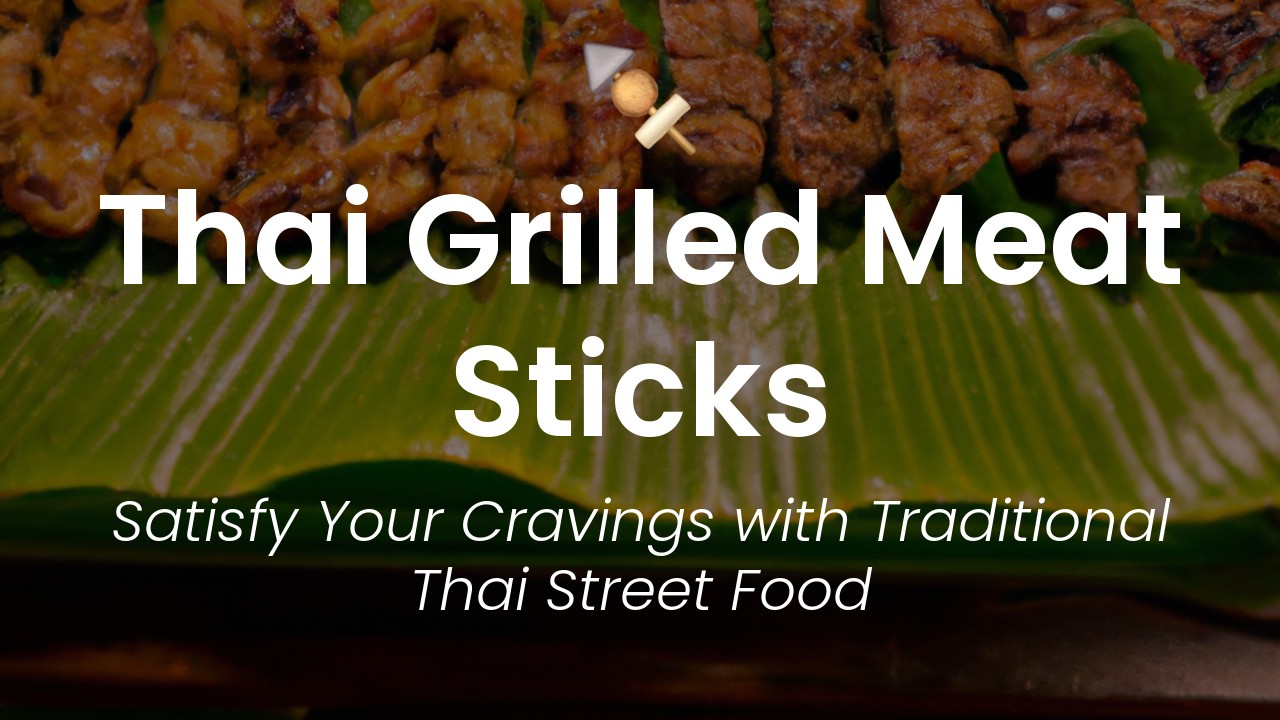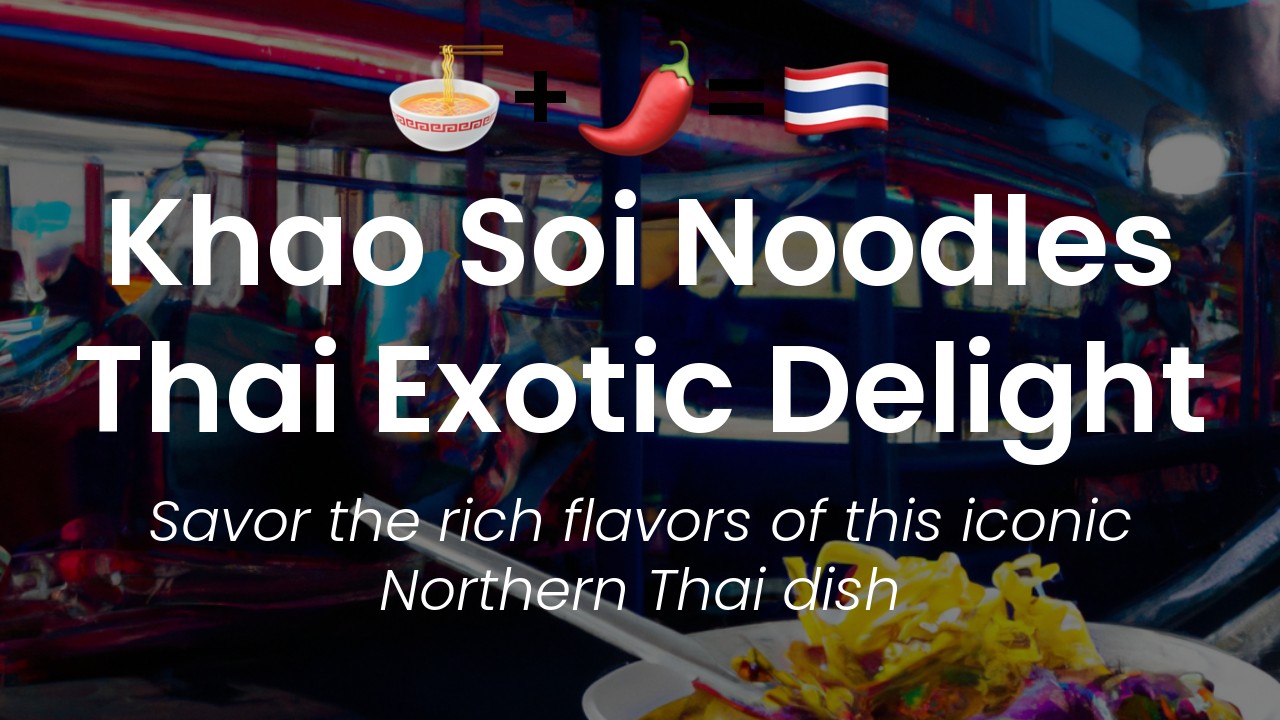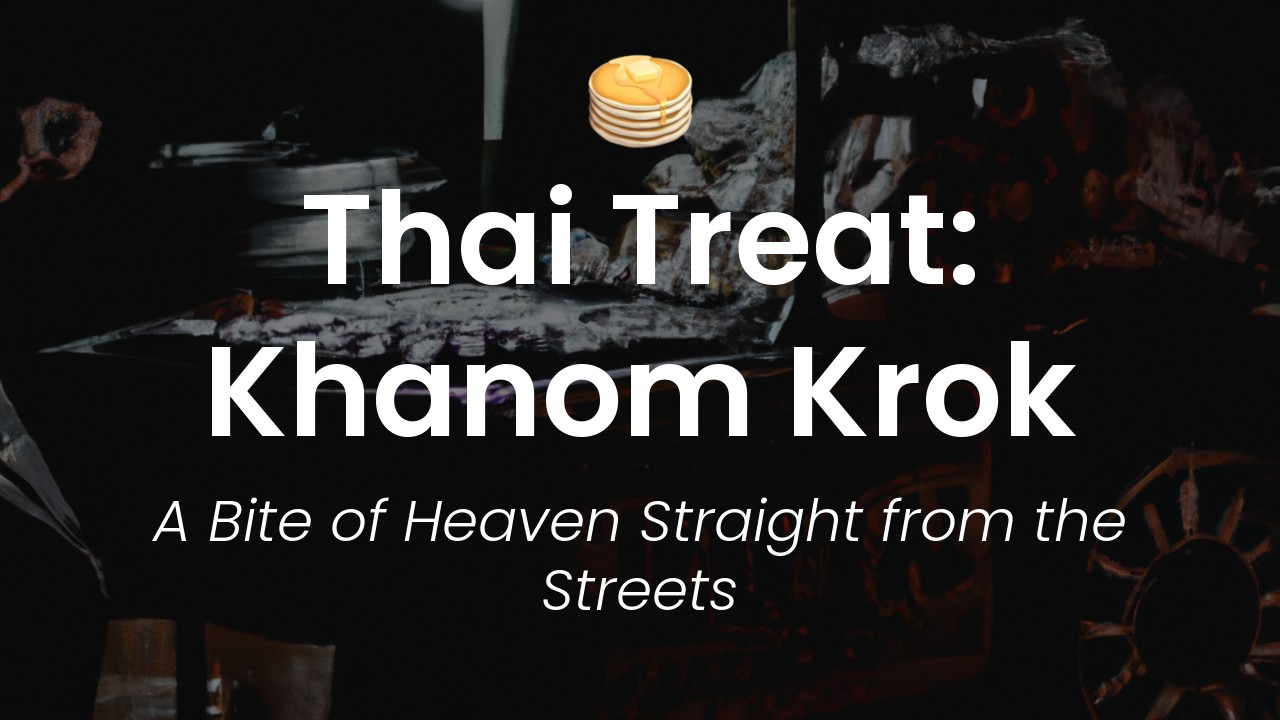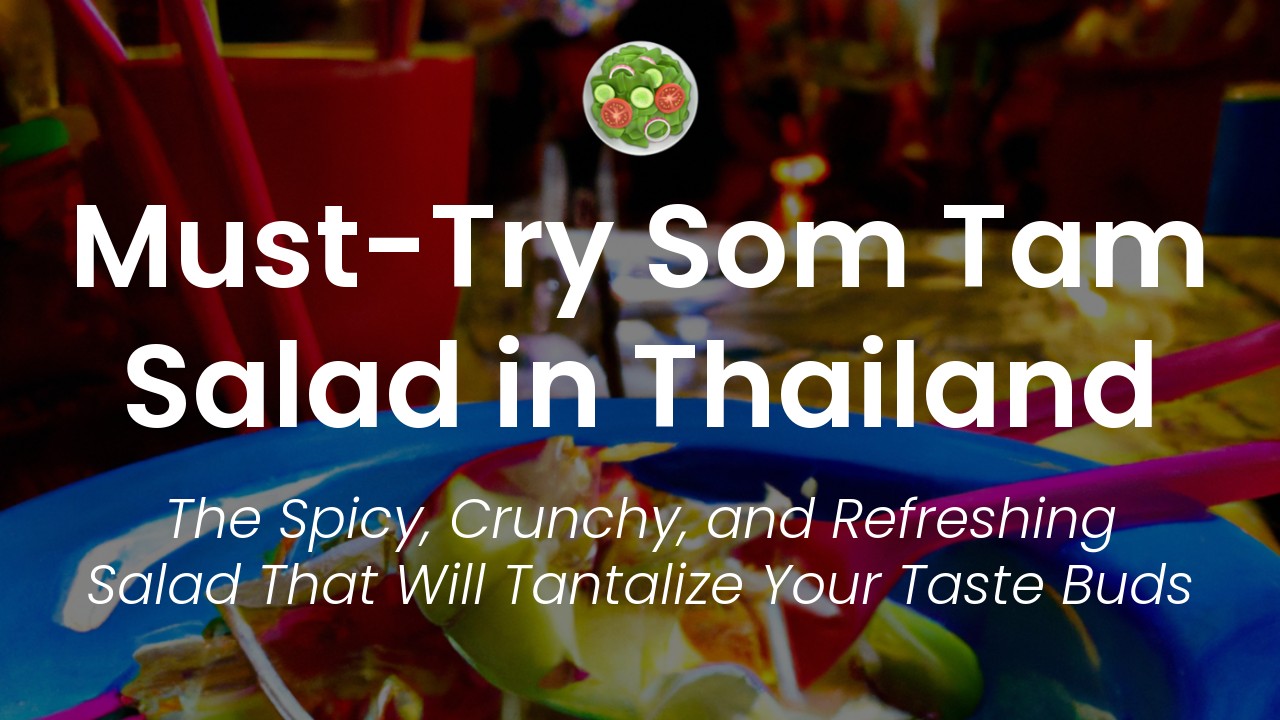As a Thai woman, I take pride in our culture, especially when it comes to our delectable food. Our cuisine is known for its variety in flavors, textures, and ingredients, but my personal favorite is the classic Mango Sticky Rice. This dessert is a common delicacy found in street vendors and high-end restaurants across Thailand, and most tourists can't resist the temptation to give it a try.
Mango Sticky Rice, or Khao Niao Mamuang in Thai, is a heavenly dessert that consists of sweet glutinous rice cooked in coconut milk and topped with perfectly ripe fresh mango slices. This dish is a staple in Thai cuisine and holds a special place in our hearts. Not only does it have an amazing aroma and beautiful presentation, but it also brings together the flavors of sweet, salty, and tangy in every bite.
In this article, I want to share with you the secrets of making the perfect Mango Sticky Rice dish. Aside from the recipe, you'll also learn about the traditional and cultural significance of this dessert and how it fits into the Thai way of life. So, let's dive into the world of Thai cuisine and unlock the secret of Thai Delight: Mango Sticky Rice.
Ingredients for Mango Sticky Rice
Mango Sticky Rice, also known as Khao Niao Mamuang, is a popular Thai dessert that has conquered the hearts of many people around the world. It's a dish that stimulates the taste buds with its creamy, sticky texture and the sweet and sour taste of fresh mangoes.
But how do you create such a delicious dish right in your own kitchen? The ingredients are simple, and you may already have some of them in your pantry.
Here's what you'll need:
- 1 cup of glutinous rice
- 1 cup of water
- 1/2 cup of coconut milk
- 1/4 cup of sugar or palm sugar
- 1/4 teaspoon of salt
- 1 ripe mango
- Toasted sesame seeds, to garnish
Step by Step Recipe
Now that you have your ingredients ready, let's get started with the recipe. Follow these easy steps to create a delicious Mango Sticky Rice:
- Rinse the rice with cool water until the water runs clear.
- Soak the rice in water for at least 30 minutes or up to 4 hours. Drain the rice.
- In a pot, bring 1 cup of water to a boil, and then add the rice. Cover and simmer for 18 to 20 minutes, or until the water has been absorbed.
- In a separate pot, mix together the coconut milk, sugar, and salt over medium heat until the sugar has dissolved.
- Add the cooked rice to the coconut milk mixture and stir until well combined.
- Let the rice sit for 10 to 15 minutes to allow the flavors to meld together.
- Peel and slice the mango into thin pieces.
- Serve the Mango Sticky Rice with the sliced mango on top and sprinkle with toasted sesame seeds.
Tips for Cooking Perfect Sticky Rice
Cooking sticky rice can be a bit tricky, but with these helpful tips, you can create a perfect batch every time:
- Use glutinous rice or sweet rice, which is different from Jasmine rice.
- Soak the rice for at least 30 minutes before cooking.
- Use a rice cooker or a pot with a tight-fitting lid to cook the rice.
- Don't stir the rice while it's cooking.
- Ensure that the water completely evaporates before adding the coconut milk mixture.
- Don't overcook the rice; the texture should be slightly chewy and not mushy.
Pairing Suggestions – Beverages and Snacks
Mango Sticky Rice is a dessert that complements various beverages and snacks. Here are some suggestions:
- Thai Iced Tea: The sweet, creamy, and rich flavor of Thai Iced Tea pairs well with the sweet and tangy taste of Mango Sticky Rice.
- Fresh Coconut Water: The subtle sweet and nutty flavor of coconut water matches the creamy coconut milk in the rice.
- Roasted Peanuts: The crunchy texture and nutty flavor add contrast to the soft, sticky rice and the juicy mango slices.
- Crispy Fried Shallots: The savory, crispy bits of fried shallots provide a balance to the sweet notes in the dessert.
The Significance of Mango Sticky Rice in Thai Cuisine
Mango Sticky Rice is a dish that tells a cultural story about Thailand. It's an authentic dessert that represents the country's distinct flavors and traditional culinary practices.
In Thailand, sticky rice is a staple ingredient often used in savory and sweet dishes. Combining fresh mangoes with sticky rice highlights the tropical and refreshing character that is typical of many Thai desserts. The use of coconut milk and toasted sesame seeds adds a distinct aroma and texture that completes the dish.
Mango Sticky Rice is not just a dessert; it's a representation of Thai hospitality, cultural values, and the country's unique culinary heritage.
Variations of Mango Sticky Rice
Like most Thai dishes, Mango Sticky Rice has many variations depending on the region, local customs, and personal preference. Here are some popular variations:
- Black Sticky Rice Mango: The dessert uses black glutinous rice instead of white rice, which gives it a more complex flavor and a purple tint to the dish.
- Durian Sticky Rice: The dish substitutes ripe mango with durian, a pungent tropical fruit that is popular in Thailand and across Southeast Asia.
- Mango Sticky Rice with Coconut Cream: Instead of coconut milk, the coconut cream version uses only the thick top layer of coconut milk, creating a richer and creamier taste and texture.
- Sticky Rice with Different Fruits: The recipe can be adjusted by replacing the mangoes with other fresh fruits like passionfruit, pineapple, or banana to create new and original versions.

